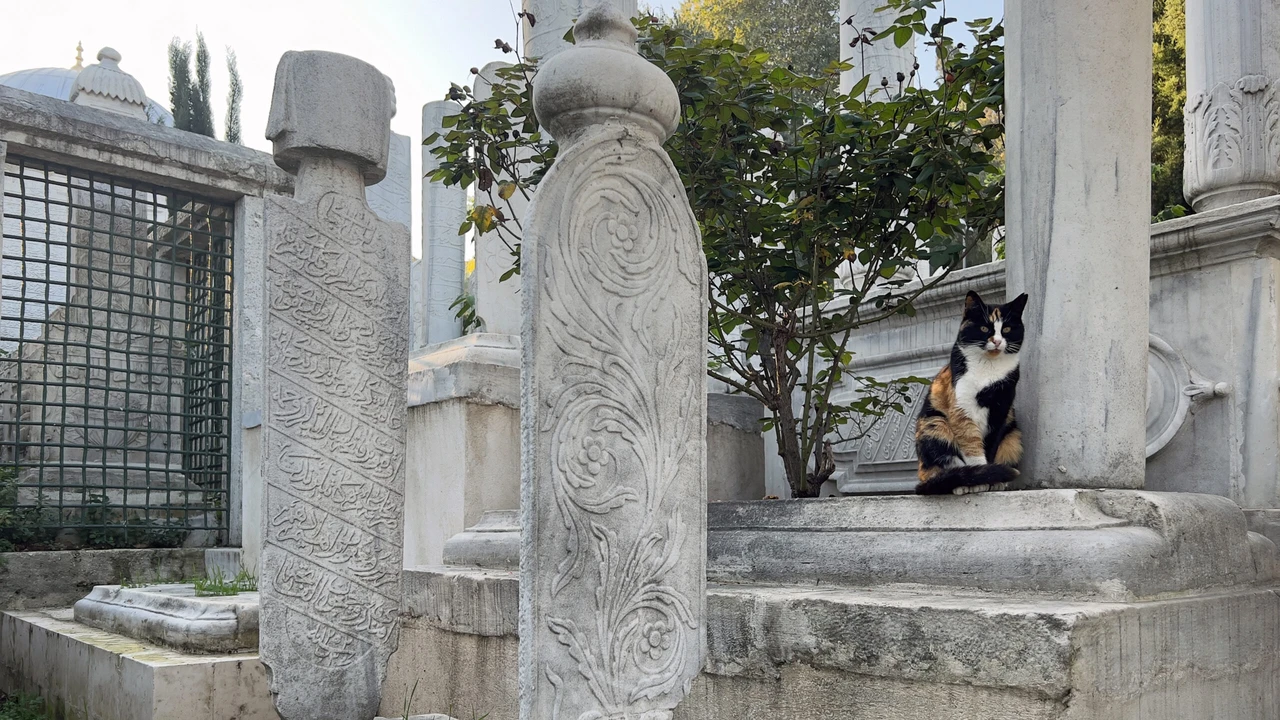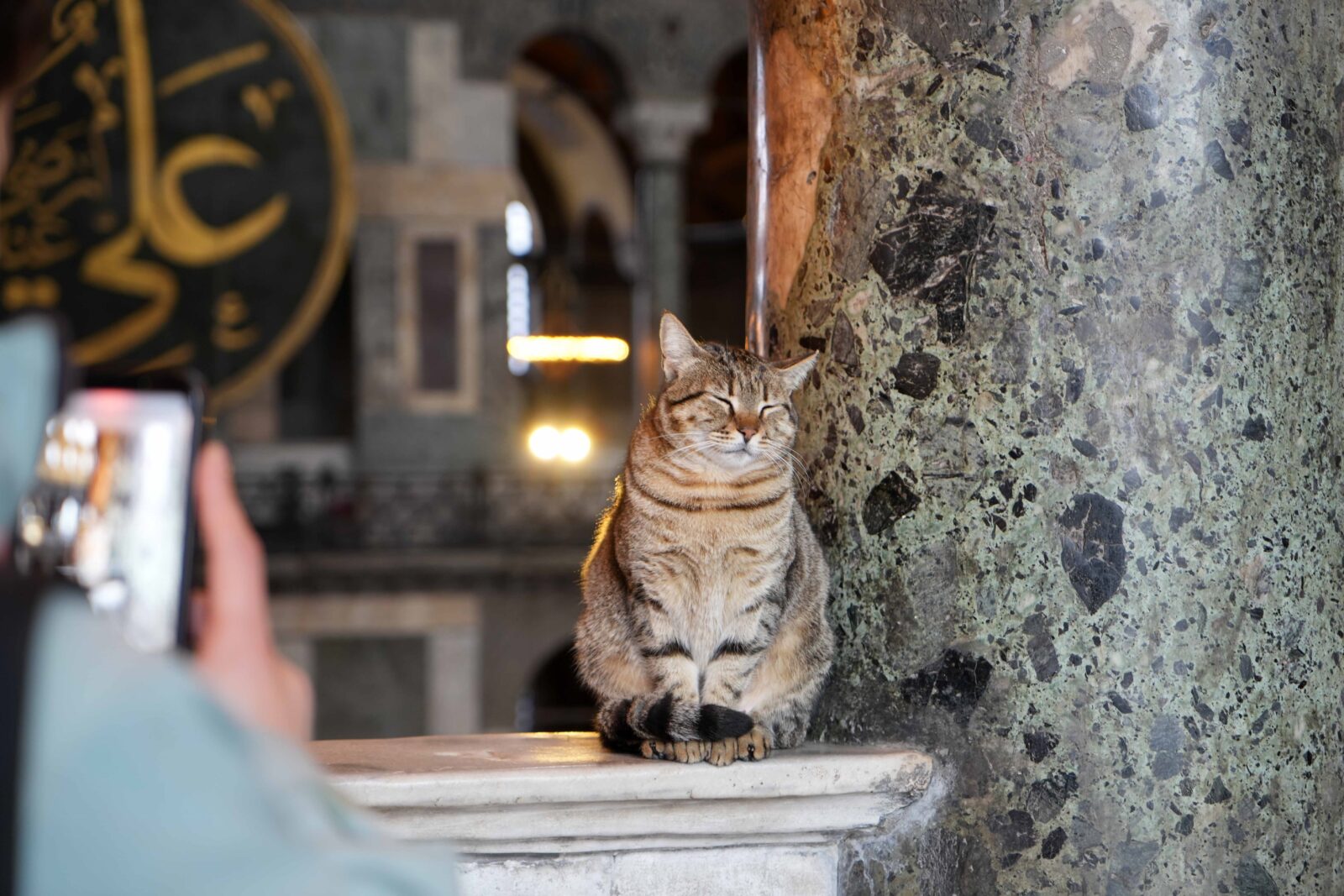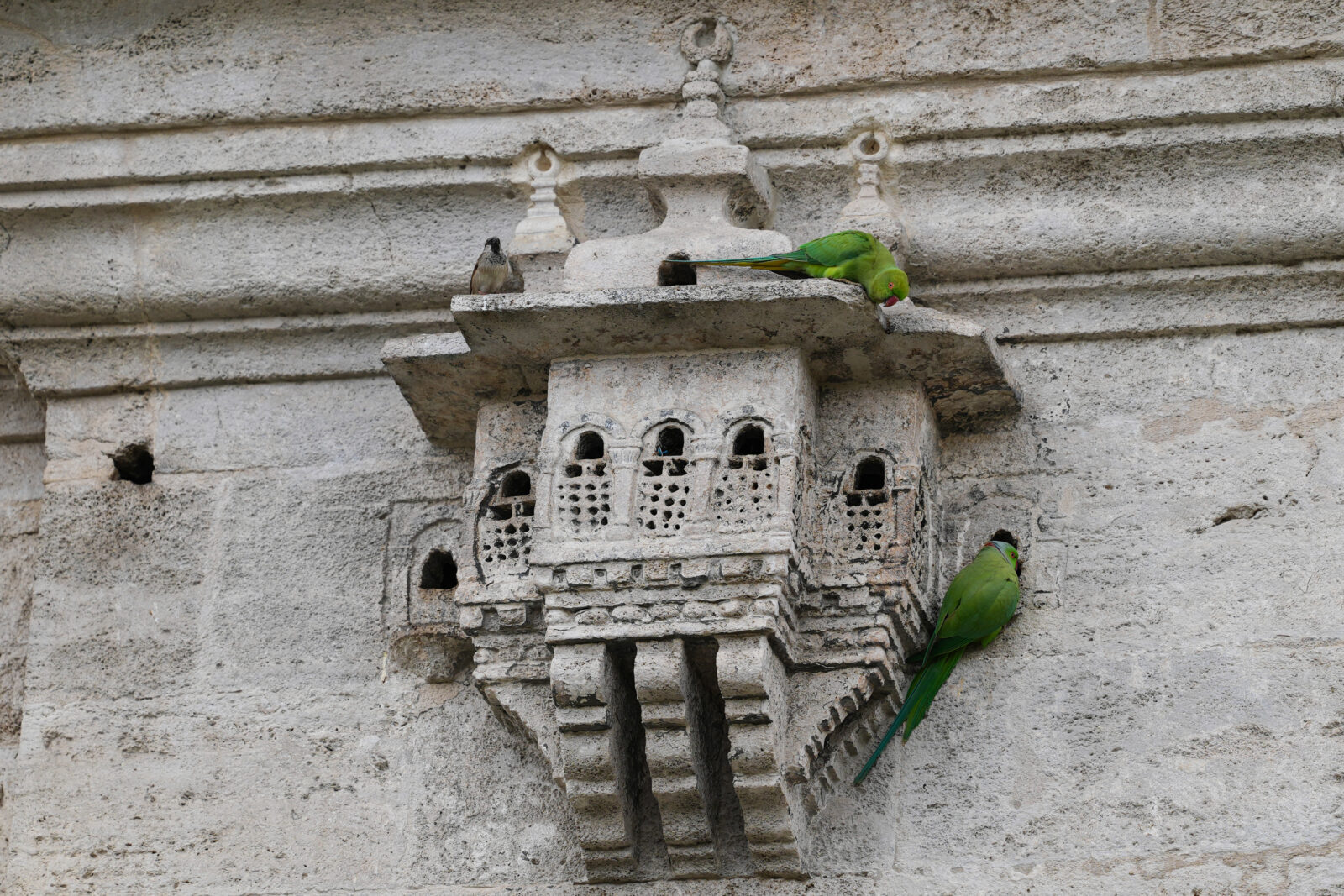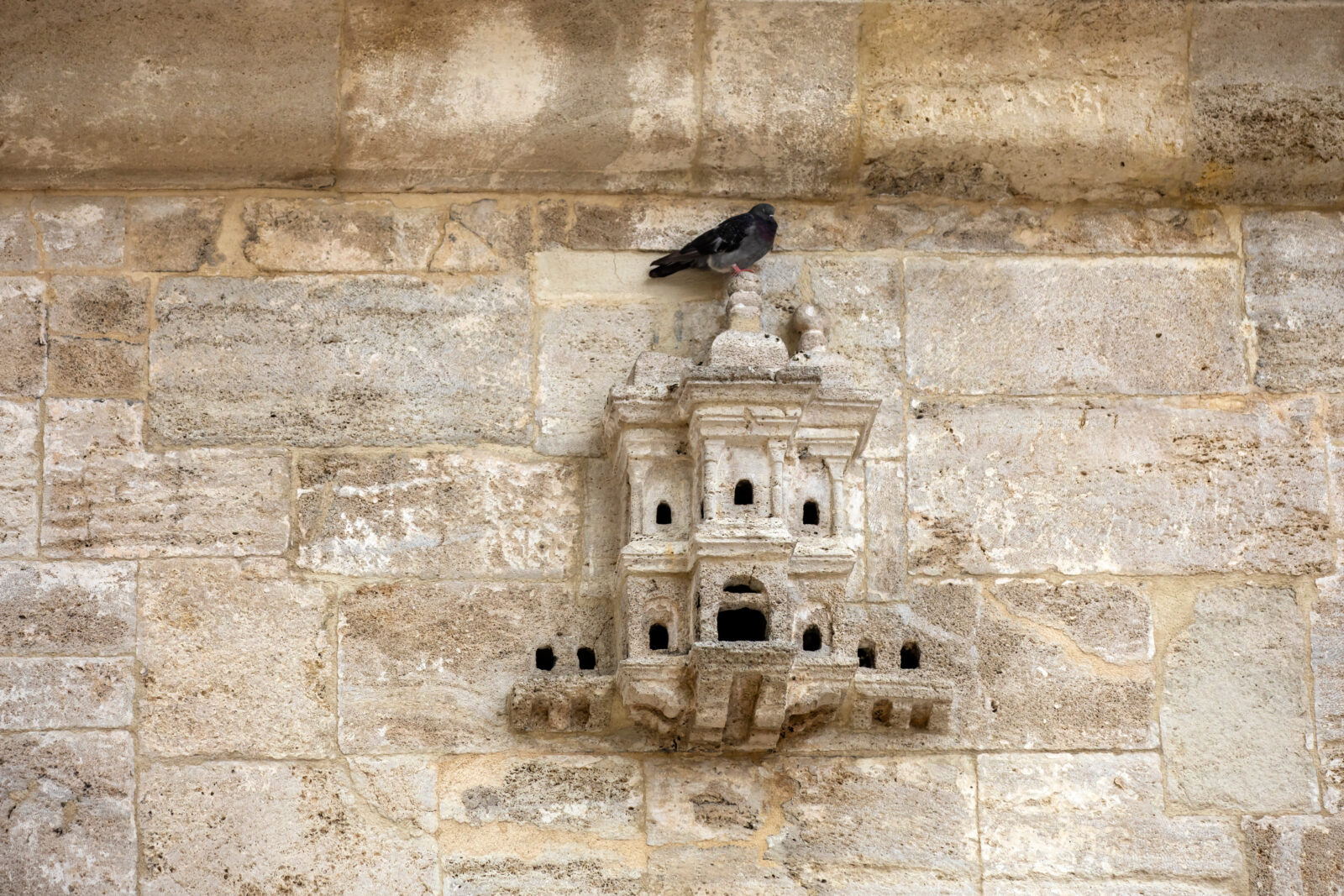Did you know Ottoman Empire issued world’s first animal rights declaration?
 Street cat sitting on a historic Muslim Islam tombstone in Eyup cemetery, Istanbul, Turkey
Street cat sitting on a historic Muslim Islam tombstone in Eyup cemetery, Istanbul, Turkey
Ottoman Empire, renowned for its vast contributions to culture and law, also made significant strides in animal rights. Historian Zafer Bilgi highlights that during the reign of Sultan Murad III in the 1600s, the empire issued the world’s first animal rights declaration.
This groundbreaking document provided legal protection for animals and demonstrated the Ottoman’s forward-thinking approach to animal welfare.
Bilgi explained that the Ottoman perspective on animals was deeply influenced by Islamic teachings.
“In the Ottoman worldview, all living creatures are seen as entrusted to us by God. Just as we value human life, we must extend that same respect and care to animals, be it cats, dogs, birds, or any other creature,” he said.

Animal-friendly architecture in Ottoman era
The Ottoman approach to animal rights was not limited to legislation; it was also reflected in their animal-friendly architecture projects.
Structures like mosques and madrassas (Islamic schools) were designed with specific areas dedicated to animals.
These included shaded resting spots and water troughs where animals such as horses, donkeys, and birds could find refuge.
Bilgi notes that these special features were more than just functional; they symbolized the Ottoman Empire’s respect for all living beings.
“These areas provided animals with comfort and care, much like today’s parking lots serve our vehicles. In the Ottoman period, animals were considered vital companions and were treated with the utmost dignity,” he explained.

Libraries with cats and birdhouses
The Ottomans’ care for animals extended into their cultural institutions as well. The Beyazit State Library in Istanbul, famously known as the “Library of Cats,” was one such example.
Under the leadership of Ismail Saib Sencer, the library’s director and a professor of Arabic literature, cats were warmly welcomed and even fed with pary (roasted liver pieces). Sencer’s affection for cats was well-known, and he often allowed them to rest in his cloak while he worked.

In addition to libraries, the Ottomans also built intricate birdhouses, or “bird palaces” around mosques and other buildings. These small, ornate structures provided safe havens for birds, especially during harsh weather.
“These birdhouses are a testament to the Ottoman Empire’s long-standing tradition of animal care, which has lasted for over four centuries,” Bilgi stated.

Ottoman’s first animal rights declaration: Legacy for world
The Ottoman Empire’s animal rights declaration was more than just a legal document; it was a reflection of the empire’s deep respect for life.
This declaration, issued in the 1600s, was one of the earliest examples of formal animal rights protection in the world. Bilgi emphasized that this was not just a symbolic gesture but a practical measure to prevent animal cruelty.
“The Ottoman Empire set a remarkable example for the world by legally protecting animals. Their approach to animal welfare was ahead of its time and remains a significant legacy,” Bilgi concluded.

Conclusion: Historical milestone in animal welfare
The Ottoman Empire’s pioneering efforts in animal rights continue to inspire today. From the world’s first animal rights declaration to animal-friendly architecture and cultural practices, the Ottomans demonstrated an unparalleled commitment to the well-being of all creatures.
Their legacy serves as a powerful reminder of the importance of compassion and respect for all living beings.



